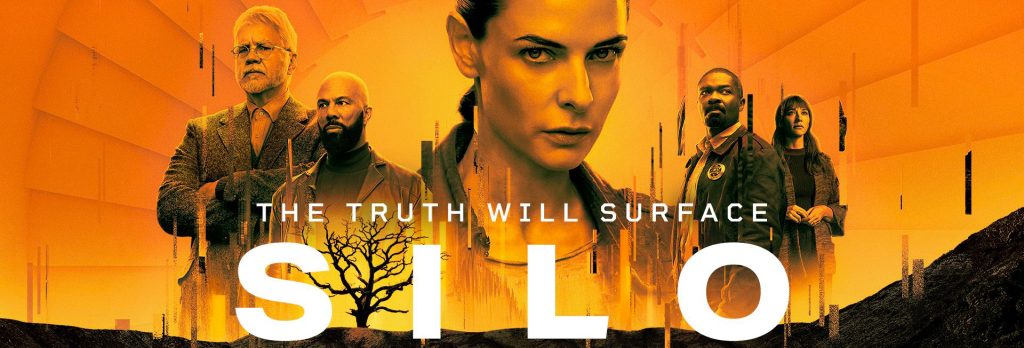The annual DBW Writers’ Survey is up!
Please consider participating and sharing. The more respondents, the more meaningful the results.
Of course, we’ll have to wait and see how those results are analyzed. In the past, the outcome of publishing paths has been the main focus of this survey, which does not help authors make decisions with their manuscripts. There is an implied assumption in those past results that authors can simply choose whether to traditionally publish or self-publish. And so aspiring authors who have not yet managed to get traditionally published do not have their $0 income factored in, while all self-published authors are counted.
Compounding the problem, hybrid authors (those who have published both ways) have been treated as a special case in the past. This is odd considering that the vast majority of hybrids have either been picked up because of success with self-publishing, or found success self-publishing a backlist that did poorly enough with a traditional publisher for the rights to revert. In both cases, it was the decision to self-publish that was heavily rewarded.
These issues can be handled in the analysis. One way would be to compare hybrids with those who have been traditionally published, as both groups represent the top fraction of two different freely made decisions: the decision to either query an agent/publisher or to self-publish. These two groups also have in common the ability to draw the interest of a publishing house, whether out of a slush pile or out of the pool of self-published titles.
Another way to make a fair comparison would be to combine hybrids with self-published authors — and on the other side, combine those who have written a work that has not yet been picked up with those who have been traditionally published. This allows the choice on whether to query or self-publish to be compared. This sort of analysis would factor in the 95%+ who never sell a single book through querying due to never acquiring an agent or a publishing deal.
In the past, this survey has left out those who never get picked up by publishers out of the traditional side while including every self-published book on the self-pub side. It then takes hybrids, those who can attribute most of their success to the decision to self-publish (both originally as in Amanda Hocking, and with backlist as in Joe Konrath), out of the self-pub side.
Past surveys were fine if the goal was to look at what happens to highest-performing 1% of books along one path with the lowest-performing 99% of books along the other (remember that the top-selling indie authors are taken out and labeled “hybrids”). But these surveys have not been useful for authors weighing what to do with their manuscripts. Nor have they been useful to publishers, who aren’t able to gauge the value they bring when they see such a tilted comparison.
While at RWA this year, I took a picture of how bizarre these comparisons are during a presentation given by the person who usually crunches this data. Let’s hope with new management and a clearer understanding of these issues that the 2014 results will prove to be far more useful. Barring that, let’s hope we’ll be provided with the raw data so others can play around.


Leave a Reply